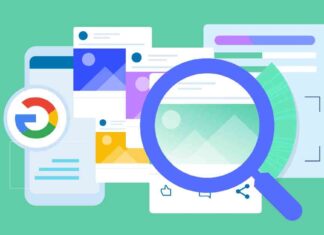OpenAI has recently introduced its latest language model, the “o1,” which the company claims has made significant advancements in complex reasoning capabilities. According to OpenAI, the o1 model has the ability to match human performance on math, programming, and scientific knowledge tests, showcasing its potential for groundbreaking developments in artificial intelligence.
Extraordinary Claims Require Scrutiny
OpenAI has made some extraordinary claims about the capabilities of the o1 model. The company asserts that o1 can achieve scores in the 89th percentile on competitive programming challenges hosted by platforms like Codeforces. Additionally, OpenAI states that the o1 model can perform at a level that would place it among the top 500 students nationally on the prestigious American Invitational Mathematics Examination (AIME). Furthermore, the company claims that o1 surpasses the average performance of human subject matter experts with PhD credentials on a combined physics, chemistry, and biology benchmark exam.
While these claims are certainly impressive, it is crucial to approach them with a healthy dose of skepticism until independent verification and real-world testing can confirm the o1 model’s capabilities. As with any technological advancement, it is essential to ensure that the claims made by developers are backed by objective evidence and rigorous testing.
Reinforcement Learning and Superior Reasoning
One of the key features of the o1 model that OpenAI highlights is its reinforcement learning process, which is designed to teach the model to tackle complex problems using a method known as the “chain of thought.” By simulating human-like step-by-step logic, correcting errors, and adjusting strategies before arriving at a final answer, OpenAI asserts that the o1 model has developed superior reasoning skills compared to traditional language models.
The implications of o1’s purported reasoning abilities are significant, particularly in fields such as math, coding, science, and other technical subjects. If the o1 model can indeed enhance its understanding of queries and generate responses more effectively across these domains, it could have a transformative impact on various industries and applications. However, it is essential to approach these claims with caution and await further testing and validation.
Moving Beyond Benchmarks
OpenAI must go beyond simply showcasing the o1 model’s performance on benchmarks and provide concrete, reproducible evidence to support its claims. The company’s plan to integrate the o1 model’s capabilities into ChatGPT for real-world pilot projects is a step in the right direction, as it will allow for the demonstration of the model’s practical applications and benefits in real-world scenarios.
As the field of artificial intelligence continues to evolve, advancements like the o1 model represent exciting opportunities for innovation and progress. By pushing the boundaries of what is possible in terms of reasoning and problem-solving, models like o1 have the potential to revolutionize how we interact with technology and the ways in which AI can augment human capabilities.
Challenges in Verification and Testing
One of the primary challenges in verifying the claims made by OpenAI about the o1 model lies in the complexity of testing and evaluating its performance. Assessing a language model’s ability to reason and solve problems at a level comparable to or surpassing human capabilities requires rigorous testing methodologies and objective metrics.
The Future of AI and Reasoning
As we look to the future of artificial intelligence and the role of reasoning in AI models, developments like the o1 model offer a glimpse into the possibilities that lie ahead. By harnessing the power of reinforcement learning and advanced reasoning capabilities, AI models have the potential to revolutionize how we approach complex problems and tasks across a wide range of domains.
In conclusion, the introduction of the o1 model by OpenAI represents a significant milestone in the field of artificial intelligence, with its promising advancements in complex reasoning capabilities. While the claims made by the company are impressive, it is essential to approach them with caution and await further verification through independent testing and real-world applications. As AI continues to evolve, models like o1 have the potential to reshape how we interact with technology and the ways in which AI can augment human intelligence.























